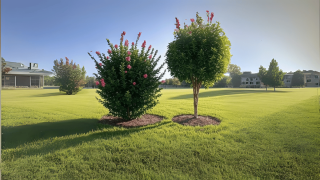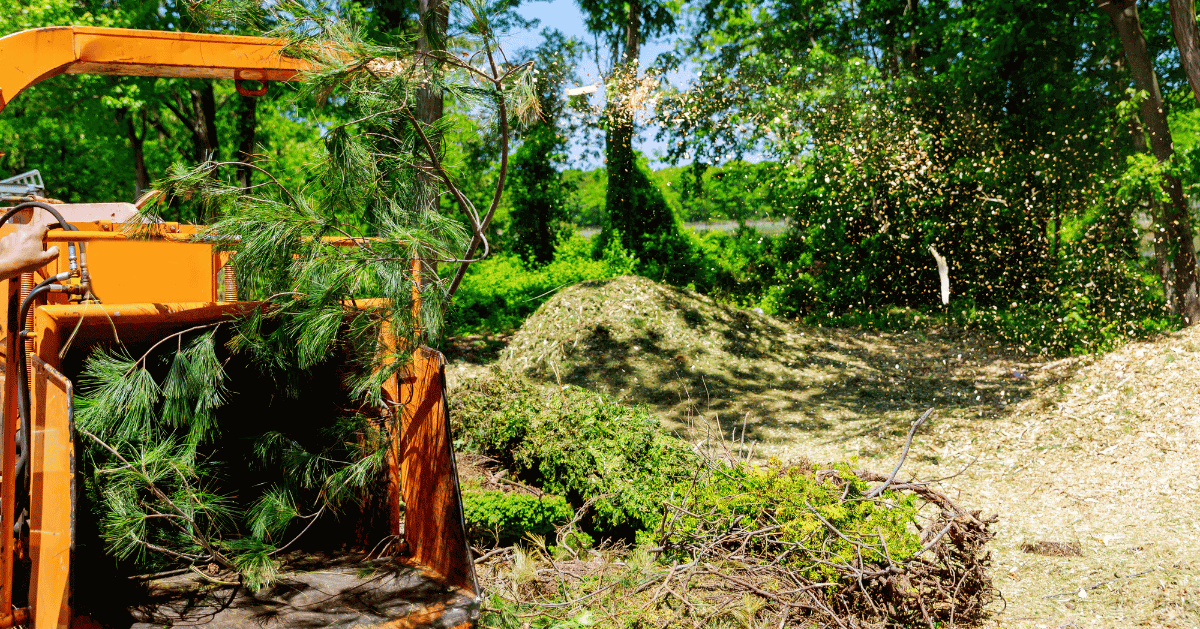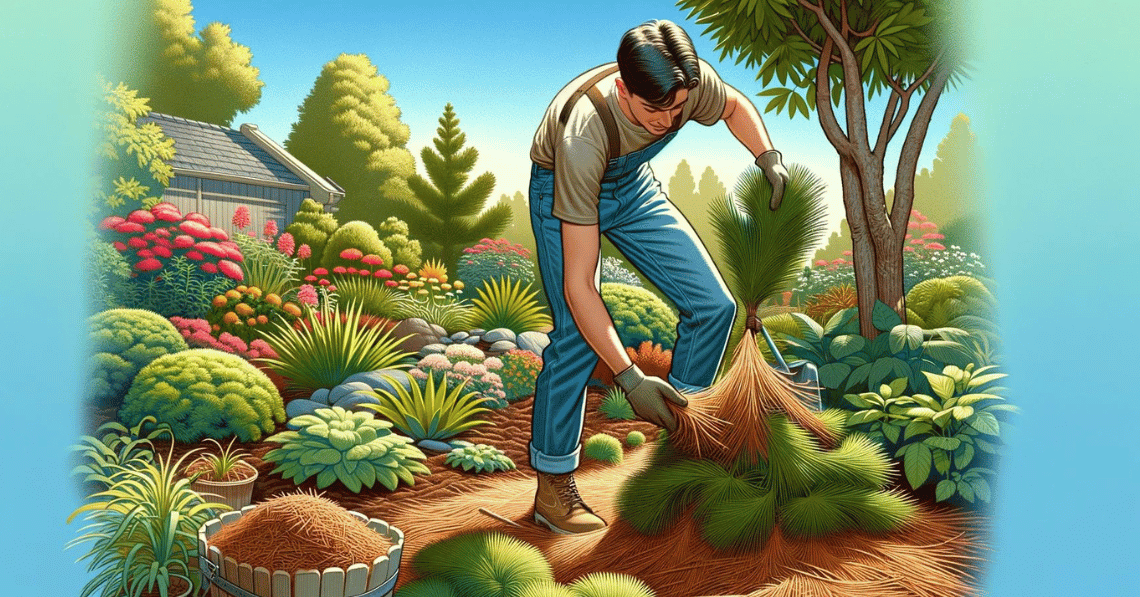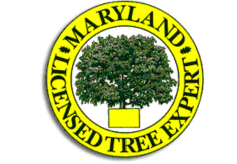Crepe myrtles are one of the most loved plants in American landscapes. They're colorful, easy to grow, and bloom all summer. But if you’ve ever been stuck choosing between a crepe myrtle bush or tree, you’re not alone.
We hear this question a lot at Strobert Tree Services. The answer depends on how the plant grows, how it’s shaped, and what you want from it. Even though both forms come from the same Lagerstroemia genus, they serve different purposes in the garden.
Let’s walk through what makes each one unique so you can make the best choice for your yard.
How Bushes and Trees Grow Differently
The main difference comes down to shape and size. Crepe myrtle bushes tend to grow shorter with a shrubby form. They often have several stems growing from the base. These are great as ornamental shrubs, border plants, or in group plantings.
Crepe myrtle trees, on the other hand, grow upright. They are pruned to have one or more main trunks. These can reach heights of 15 to 25 feet or more, depending on the variety. Their upright branching gives them a more classic tree look.
Some varieties grow naturally tall. Others, like dwarf crape myrtles, stay small and bushy. It’s all about how you manage the plant over time.
Spot the Key Differences Between Crepe Myrtle Varieties
Understanding the key differences can help you identify which form you’re looking at.
Tree forms often have a single trunk or a few large stems. Their branch structure is clean and open. Bush forms look fuller and leafier, with a broader crown spread.
Bushes usually top out under 10 feet. Trees can grow twice that. Leaf size and flower color also vary across cultivars. Most bloom in summer, but bloom time depends on weather, USDA hardiness zones, and maintenance.
Both make excellent ornamental plants, but they bring a different feel to the landscape.
Understanding the Botanical Side of Crepe Myrtles
Botanically speaking, there’s no difference in species. Both the bush and the tree belong to the Lagerstroemia genus. Popular species include Lagerstroemia indica and Lagerstroemia speciosa.
The form depends on how it’s pruned and the specific cultivar. Some are bred to be compact.
These are your dwarf crape myrtles. Others are meant to be showy trees.
Most crape myrtles are hardy in USDA zones 7 to 10. A few newer types can survive in zone 5 with winter protection. They also vary in cold tolerance, which is something to consider if you're planting in northern areas.
What They Look Like Up Close
One of the best parts of crepe myrtles is their look. Both types have smooth, exfoliating bark. As the outer layer peels off, it reveals beautiful tones underneath, from light gray to cinnamon brown.
Crepe myrtle trees show off their bark more since their leaves are higher. In bush form, the bark is hidden under dense foliage and flowers.
Either way, the plant offers multi-season appeal. You get bright summer blooms, colorful fall leaves, and interesting bark in winter.
Where They Fit Best in the Landscape
This is where the difference between tree and bush really matters.
Crepe myrtle bushes work well as border plants, ground cover, or in residential landscapes where space is limited. They’re also a great choice for container specimens on patios.
Tree forms are often used as street trees or landscape accents. You’ll see them in public parks and rural landscapes. In urban landscapes, they provide height and structure without taking up too much space.
Dwarf varieties can be espaliered along walls. Taller trees stand on their own as specimen plants. It all depends on the design of your space.
Origins and Geographic Distribution: A Plant With Global Roots
Crepe myrtles originated in East Asia. Their native range includes China, Korea, southern China, and the Philippines. These plants were brought to the United States in the late 1700s and quickly became favorites in the South.
They grow best in sunny landscapes and mild climates. Many thrive in the southern region of the United States, especially USDA zones 7 to 10. Some are even hardy to USDA zone 5 with extra care.
You’ll often see crepe myrtles planted alongside buddleia, or butterfly bushes, because both attract pollinators and offer vibrant summer color.
Tips for Growing Healthy Crepe Myrtles
To grow crepe myrtles successfully, give them full sun. They need at least six hours of direct sunlight per day for the best blooms.
Choose well-drained soil. If your soil is heavy clay or alkaline soil, amend it before planting. Add organic mulch to help keep roots cool and moist.
Young plants need regular irrigation, especially during dry spells. Once established, most varieties have good drought tolerance.
Fertilize lightly in spring. For best results, remove seed pods in mid to late summer. This can lead to a second round of blooms.
Container growing works well for dwarf types. Just be sure to protect them in winter if your area experiences deep freezes.
Pruning and Caring for Bushes vs. Trees
Pruning matters more than most people think. It’s what shapes the plant over time.
For tree forms, remove lower limbs early on. This raises the canopy and encourages a strong trunk.
Use late winter pruning to maintain the shape before new growth begins.
Avoid severe topping, sometimes called “crepe murder.” This damages the plant and weakens future growth. Judicious pruning is better.
Bush types need occasional thinning to remove dead branches and control size. Overgrown crape myrtles can benefit from renewal pruning every few years.
In colder zones, wrap the trunks or use burlap insulation in winter. This helps prevent damage to multi-stemmed tree forms.
Special Features and Popular Varieties to Know
Crepe myrtles are known for more than just their flowers. Some bloom more than once a season. These reblooming crape myrtles offer extra color well into fall.
7 Standout Crape Myrtle Varieties Worth Knowing
Looking for the perfect crepe myrtle for your yard? These varieties offer something special—whether it’s bold color, compact size, or eye-catching bark. Here are a few top picks we recommend at Strobert Tree Services.
- Catawba Crape Myrtle
This variety is known for its deep purple flowers and strong shape. It’s a great fit for smaller trees or large bushes. You also get rich exfoliating bark and vibrant fall foliage as a bonus.
2. Double Dynamite® Crape Myrtle
True to its name, this one packs a punch. You get bright red blooms and a compact size, perfect for dwarf crape myrtle shrubs. It also reblooms through the season, keeping your yard colorful longer.
3. Natchez Crape Myrtle
A favorite for its tall height and white flowers. It’s often grown as a tree. The smooth bark and open canopy give it an elegant look in both residential and public spaces.
4. Pecos Crape Myrtle
This smaller hybrid is ideal for urban landscapes. The soft pink blooms and compact form make it easy to maintain. It’s also disease-resistant and works well in sunny spots.
5. Petite Embers™ Crape Myrtle
This dwarf variety adds a bold pop of color in tight spaces. Its glowing red flowers bloom through summer. It’s a strong choice for container planting or small garden beds.
6. Summerlasting™ Coconut Crape Myrtle
This one stays small but still puts on a show. The creamy white flowers pair nicely with its neat, rounded shape. It fits nicely in courtyards or near walkways.
7. Summerlasting™ Raspberry Crape Myrtle
Another standout in the Summerlasting™ line. It offers long-lasting raspberry-pink flowers and a tidy, bushy form. Use it as a low-maintenance accent in full sun.
These varieties combine beautiful flower color, vibrant fall foliage, and great cold tolerance.
Let Strobert Tree Services Help
Still not sure if a bush or tree is right for your yard? Our certified arborists at Strobert Tree Services are here to help.
We offer professional pruning, tree health care, and removal services in Delaware, Pennsylvania, and New Jersey. Whether you're dealing with overgrown crepe myrtles or just planting your first, we’ll make sure your landscape looks its best.
Call us today for expert advice and care for all your trees and shrubs.











